|
Sheer horsepower and some serious speed out of this car, well done Bugatti, this car is a beast. This video shows a Chiron go from standing stop to 249mph in less than 33 seconds. Which frankly is insane.
tags: breed of speed , bugatti chiron , nathan finneman , bugatti , top speed super car , supercar, chiron top speed
A California woman caught a mechanic taking her beloved limited edition Indy 500 Pace Car Edition Camaro for a joy ride last week, and recorded her confrontation with the driver in a video that has since generated thousands of reactions on Facebook.
"I took my car to the dealership so you could change the oil and change the air conditioner. Why are you driving my car to get food?" Mari Agredano-Quirino can be heard saying to the driver in the video after she stopped him at a fast food drive-through in her car, which she had taken to a dealership earlier in the day for maintenance. "You're telling me that you're test-driving the car? No! Why are you test-driving my car? You're getting food at Tommy's," Agredano-Quirino said. "You're not supposed to be getting food," she adds. "What are you doing?" Chris Teague, the owner of the Montebello Chevrolet Dealership, where Agredano-Quirino had taken her car, posted a public apology on Facebook on Monday. "This is something we absolutely do not condone. It's completely against our company policy and we are conducting a thorough investigation on the technician to make sure that this does not happen again ... The technician made a huge mistake. And my apologies on his behalf and on behalf of the dealership," Teague said. Teague added that the incident was "absolutely embarrassing" and that "the technician will be reprimanded to the fullest extent after our investigation is completed." Teague also said that he called the customer and personally apologized.
THE LAST GREAT ANALOG CAR WAS BUILT, in 107 examples, between 1992 and 1998. The roadgoing version had a world-first carbon-fiber frame; a 627-hp, 7500-rpm BMW V-12; a six-speed manual gearbox; and a driver’s seat mounted in the middle, aping an open—wheel race car. You did not get anti-lock or power brakes, traction control, power steering, or anything resembling an electronic safety net, despite the fact that the car cost nearly $1 million at launch. (Or that most of those features were standard on cars costing far less.) What you did get was the fastest production car in history—231 mph— and one of the least compromised road machines ever built.
None of that was by accident. From general layout to minor design touches, the McLaren F1 was dictated by the will of one remarkable engineer. And it came from a small, eminently focused company at the height of its power. By 1993, McLaren had won seven Formula 1 constructors’ championships and landed wins everywhere from Can-Am to the Indy 500. Gordon Murray, the F1’s chief designer, had come to McLaren after a stint at Brabham, where he drew two title-winning Formula 1 cars. In Woking, he co-designed the McLaren that gave Ayrton Senna his first F1 championship.
tags: breed of speed , mclaren f1 , mclaren , nathan finneman , f1 gtr lm , gtr , race car, gordon murray , breedofspeed
We know that the Ford Ranger is returning to the U.S. in 2019, and you’ve probably already been fantasizing about Ford’s off-road magic from the Raptorbeing boiled down to the Ranger’s more accessible size. Welp, it’s freaking happening, officially.
It Looks Like Ford Is Making A Ranger RaptorWe’ve known since the beginning of the year that there’s going to, finally, be a new Ford Ranger… We first heard titterings about this truck coming to life earlier in the summer, but official word that a Ranger Raptor is going into production is a big freaking deal. It looks like the Ranger Raptor Ford’s presenting here will be based on the T6 Ranger that’s currently sold in Australia and just about every market besides the United States. Actually, it kind of looks like a Ram Rebel with that disguise on, but I’ll reserve judgement on styling until the camo comes off.
Now it’s important to note that while the Ranger departed the American market in 2012, it’s been dearly beloved elsewhere around the world ever since.
In Australia, the Ranger is much more popular than the F-150, which is actually somewhat rare in the region. And despite that country’s strong off-road enthusiasm, an F-150 Raptor is extremely difficult to come by down there. So, it makes sense that a Ranger Raptor would be cooked up for the Aussie market first. And indeed, don’t forget we won’t get the Ranger until 2020 so the 2018 Ranger Raptor will have a couple years of primetime Down Under before we get any variants of Ford’s mid-sized pickup stateside. That said, I think it’s a strong bet the Ranger Raptor will end up in the U.S. a year or two after the redesigned Ranger is launched here. F-150 Raptors have always existed in parallel with the standard F-150, not exactly conforming to the regular truck’s facelift schedule. So even if the Ranger is released with a new design in three years, I could easily imagine this 2018-style Ranger Raptor coming to America as a new model for the first time in five. As for technological details or specification specifics, Ford isn’t releasing anything beyond that dirt-throwing action video yet. I would expect that Fox and BF Goodrich will be part of the build, and that we’ll see “off-road modes” and paddle shifters on the Ranger Raptor but as for specs... stay tuned.
Many thought this car didn't even exist.
Ferrari had, in fact, only ever commissioned one street version of its Daytona with a full aluminum body. But for the last 40 years, this one-off was nowhere to be found. That's because it was gathering dust in a Japanese barn after being shipped out of Italy in 1971.'A significant find'Between 1969 and 1973, Ferrari produced over 1,200 units of its 365 GTB/4, a two-seat grand tourer capable of 174 mph and unofficially nicknamed "Daytona." It also commissioned five lightweight alloy versions of the car, to compete in the endurance race 24 Hours of Daytona. And just one alloy version that was street legal. This is that very car, bearing the chassis number 12653 and featuring an all-aluminum body by renowned car designer Sergio Scaglietti, whose "Carrozzeria" has been doing chassis and body assembly on Ferrari cars since the 1950s.
"This is reportedly the only alloy-bodied, non-racing 365 GTB/4 built," Jared Zaugg, a classic car expert and a consultant on classic car auctions said in an email.
"The alloy body offers weight reduction, which helps to improve performance. Add to that the state of original, time-capsule preservation and you have a very special car. This is a significant find." Also among the features are Plexiglas headlamps, black leather interiors and power windows.Big in Japan Completed in 1969, the car was exported to a Japanese dealership in 1971 and then featured in the January 1972 issue of Car Graphic, a Japanese motoring magazine. After passing hands several times, it ended up in the barn of its last owner, Makoto Takai, some time around 1980.
The story bears striking resemblance to that of another Daytona -- though one made by Shelby, not Ferrari -- which was hidden away for 30 years and then unearthed in 2001.Upcoming auction
This very special Daytona will be part of one of the largest Ferrari auctions ever, taking place at the marque's very own factory in Maranello, Italy on September 9. The car is in "barn find" condition and is being put up for sale unrestored. The odometer displays just over 22,000 miles. RM Sotheby's expects the car to fetch up to 1.7 million euros ($2 million), according to the auction catalog. "I think it's optimistic," said Zaugg, of the estimate. "Ownership of this will really amount to bragging rights, as in 'I own the only one of its kind in the world.' Nevertheless, it's an impressive, highly original, high-performance capable Ferrari with a great story."
tags: breed of speed , nathan finneman , ferrari barn find , drifto , ferrari found in barn , barn find , rare ferrari
I dont know if its the sountrack or just the shear beauty how an engine crank and various other parts are made. Sit back and enjoy.
tags: breed of speed , hot stamp engine , how engine is made , amazing , nathan finneman , motor parts
The music from the motor is utterly beautiful. Turn up that volume and listen to that V12.
tags: breed of speed , alfa 159 tipo , f1 , classic , nathan finneman , race car , alfa romeo
Drop cap initial letterLet's get one thing straight: The variable-valve-timing, direct-injection, turbo-wonderful powerplant in your new car is not cutting-edge. Despite the complexity of the modern engine, the fundamentals haven't changed since Grover Cleveland was in office. Pistons turn a crankshaft that eventually spins your car's wheels.
Yawn. Electrically driven cars are the future. But until we have cheap, 1000-mile batteries, we still need range-extending fossil-fuel engines. Those devices don't need to turn wheels, just generate juice. The simple solution is to strap a generator to a piston engine, as BMW did with the two-cylinder range extender in its i3 EV. But if the engine never turns a wheel, there's no need for it to rotate anything. Why not cut out the middleman and use the piston's reciprocating motion to generate electricity? That obviates camshafts and most other rotating parts, too. Toyota recently showed a prototype engine that does just that. It's called the Free Piston Engine Linear Generator (FPEG). "Free" refers to the fact that the piston isn't attached to a crankshaft; instead, as the piston is forced downward during its power stroke, it passes through windings in the cylinder to generate a burst of three-phase AC electricity. The FPEG operates like a two-stroke engine but adds direct gasoline injection and electrically operated valves. It can also be run like a diesel, using compression rather than a spark plug to ignite its fuel mixture. Toyota says this mechanically simple engine achieves a claimed thermal-efficiency rating of 42 percent in continuous use. Only the best, most complicated, and most expensive of today's gas engines can come close to that number, and only in specific circumstances. Even better, a two-cylinder FPEG is inherently balanced and would measure roughly 8 inches around and 2 feet long. An engine of that size and type could generate 15 hp, enough to move a compact electric vehicle at highway speed after its main drive battery has been depleted. That's the future.
tags: breed of speed , toyota crankless engine , future engine , toyota , nathan finneman , crankless engine
With the electric car becoming more common everyday, would it be possible for a mnaual transmission to be offered for those motorsport esque style drivers. Watch the video below.
Christian Fittipaldi Backflipped Across The Line At The 1993 Italian GP And It Was Awesome8/31/2017
The Minardi driver unintentionally pulled off one of the most stylish ways to finish a Grand Prix ever
The 1993 Italian Grand Prix was memorable for a few reasons. Damon Hill took victory after teammate Alain Prost had an engine failure with a few laps to go, delaying his fourth championship until the next round in Portugal. Michael Andretti finally got his McLaren onto the podium in what would be his last F1 race and Riccardo Patrese’s fifth place turned out to be the final points he’d score in his long 17-season career. But the abiding image of the race was the finish between the two Minardi drivers, Pierluigi Martini and Christian Fittipaldi. They were battling over seventh place - not bad considering they’d started 22nd and 24th respectively - but their duel almost ended in disaster when they made contact on the final lap.
tags: breed of speed , f1 flip , crash , nathan finneman , finish line ,. fitipaldi flip
|
///Categories
All
Archives
January 2024
|
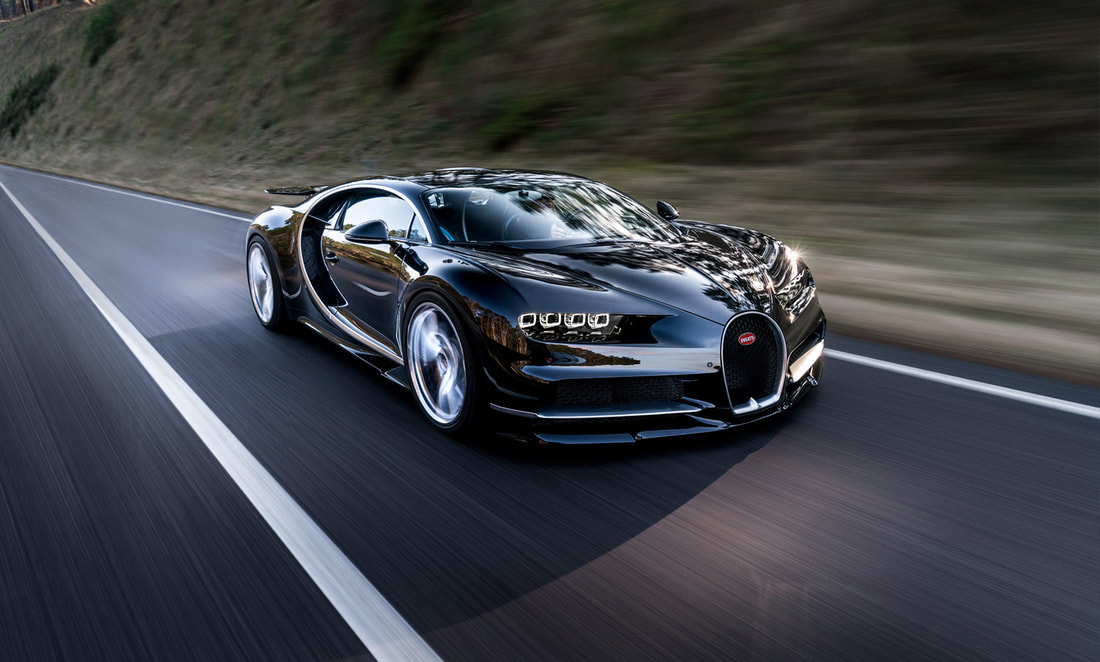

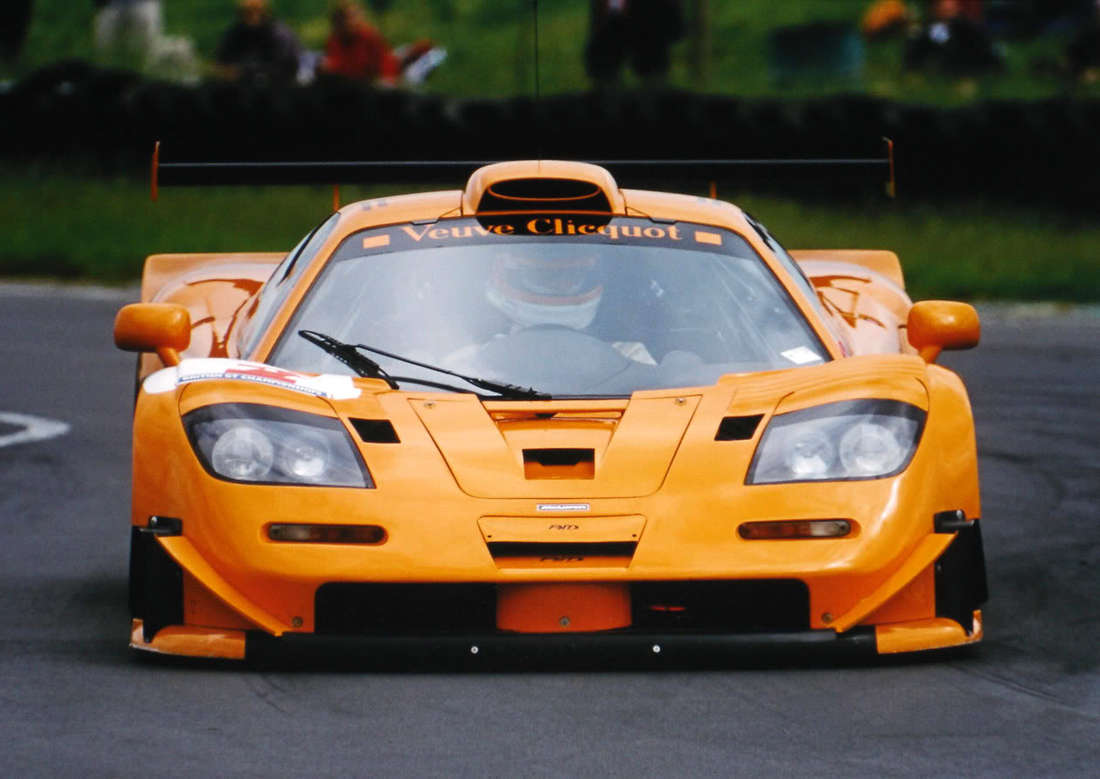
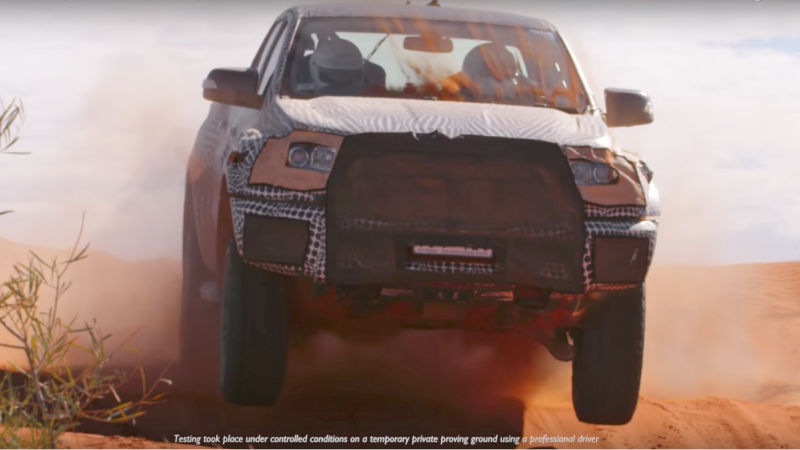
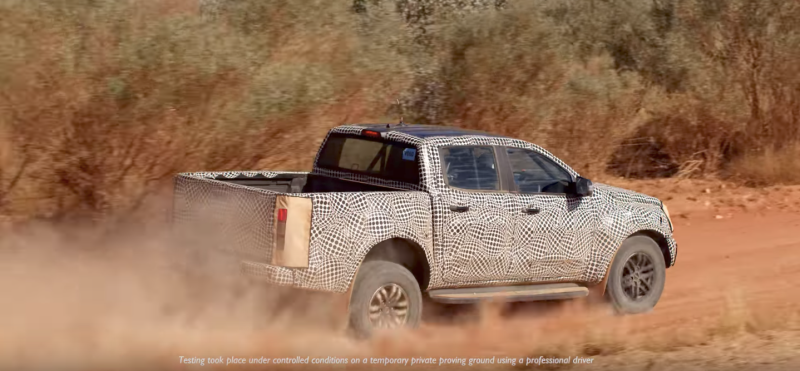

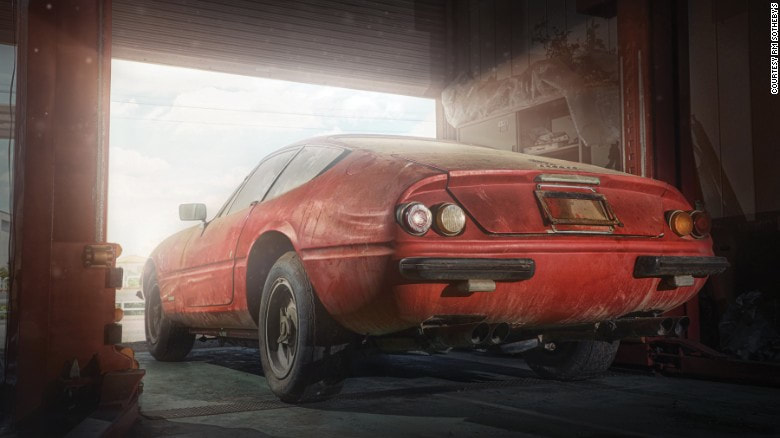
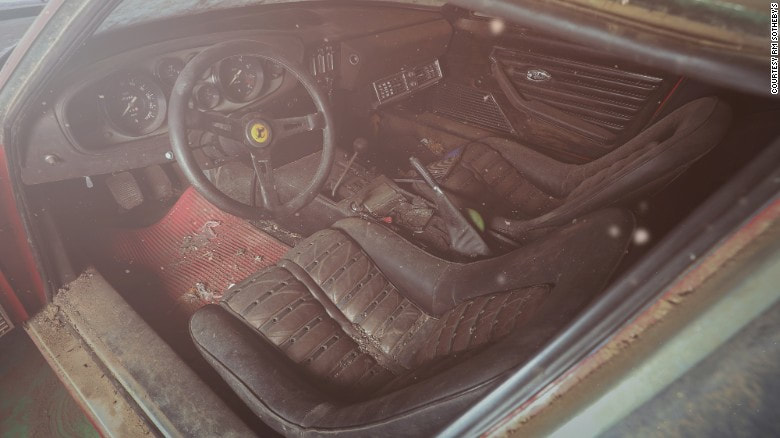
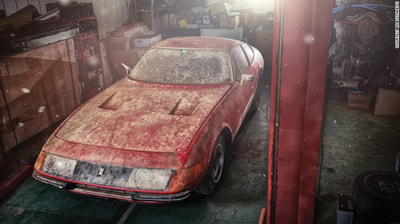
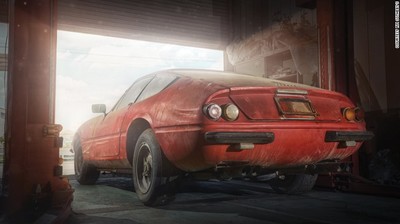

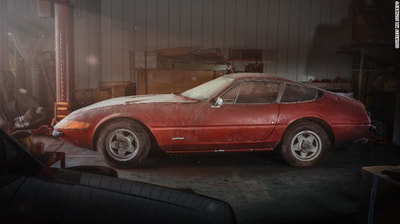
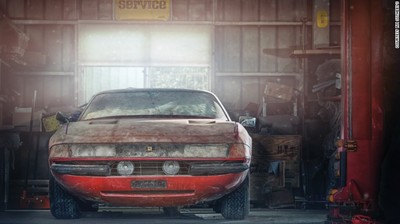
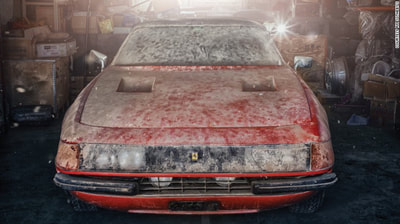
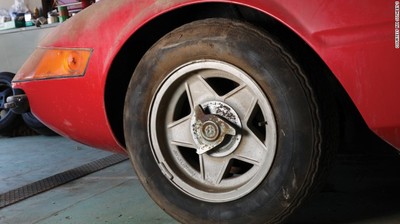
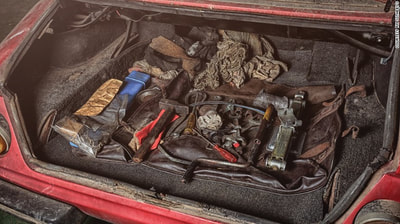

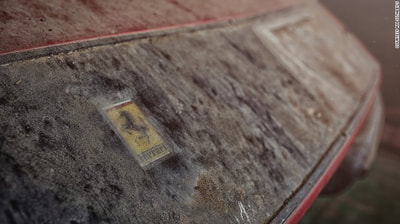
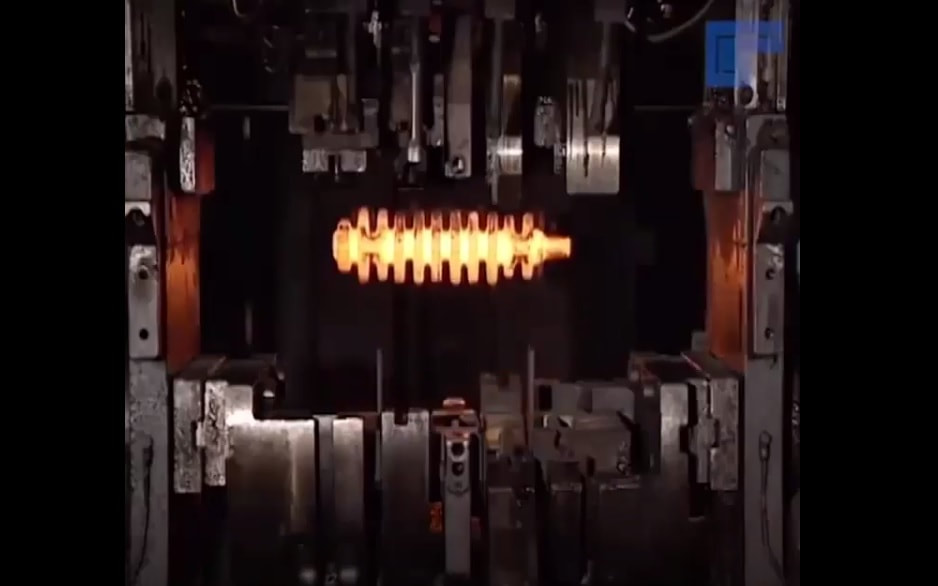
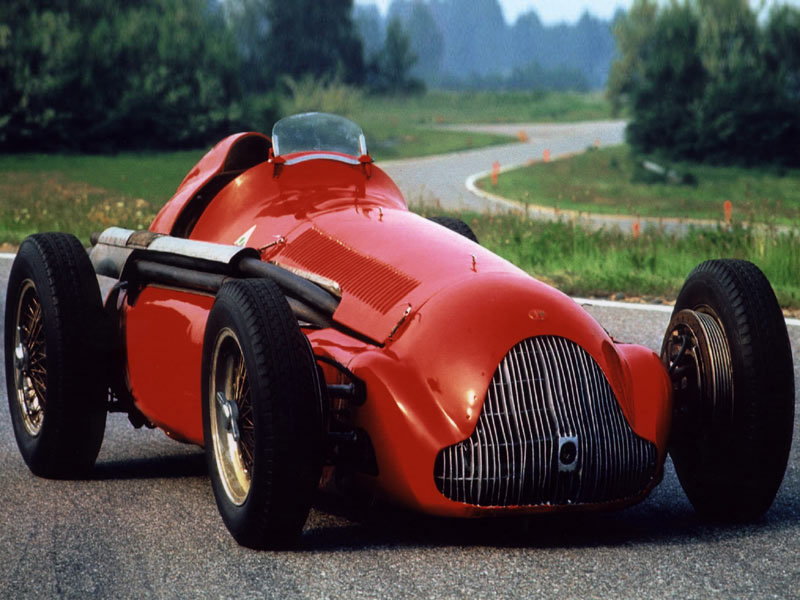
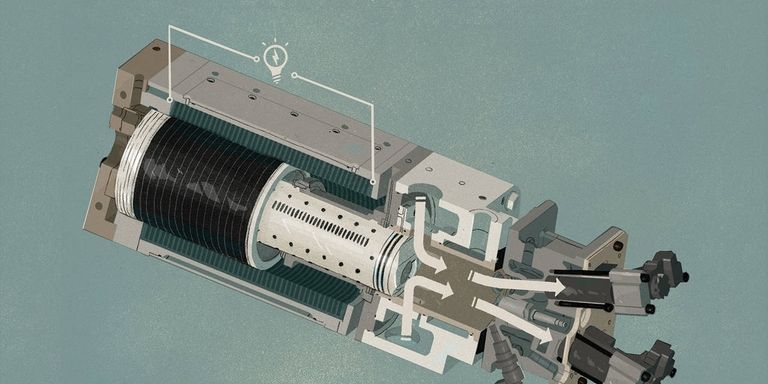


 RSS Feed
RSS Feed